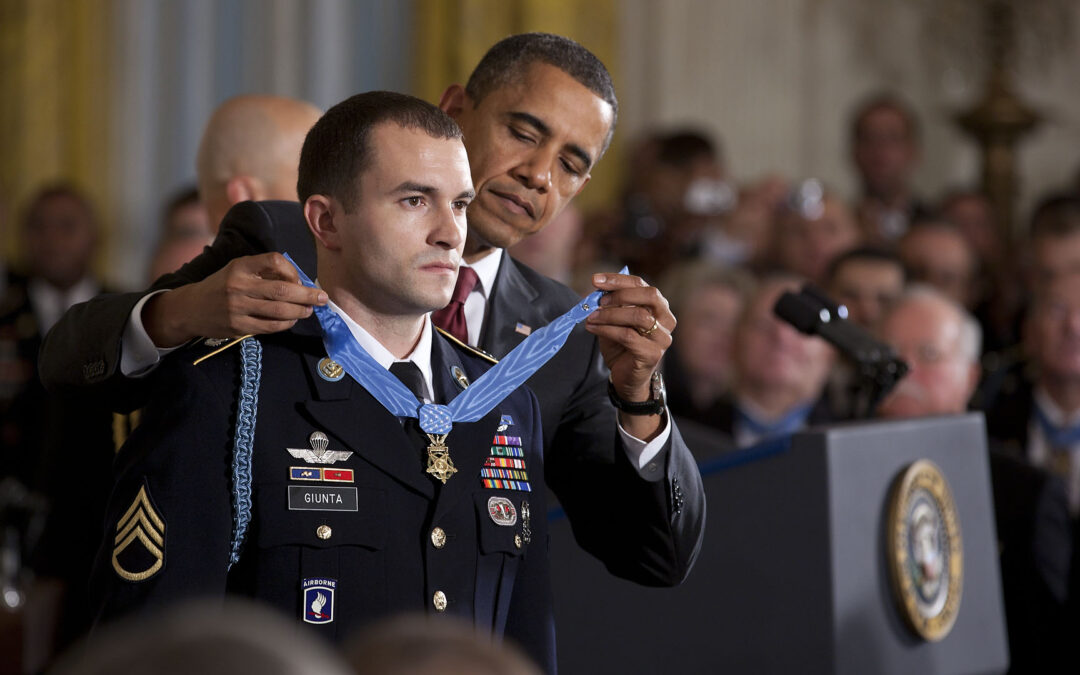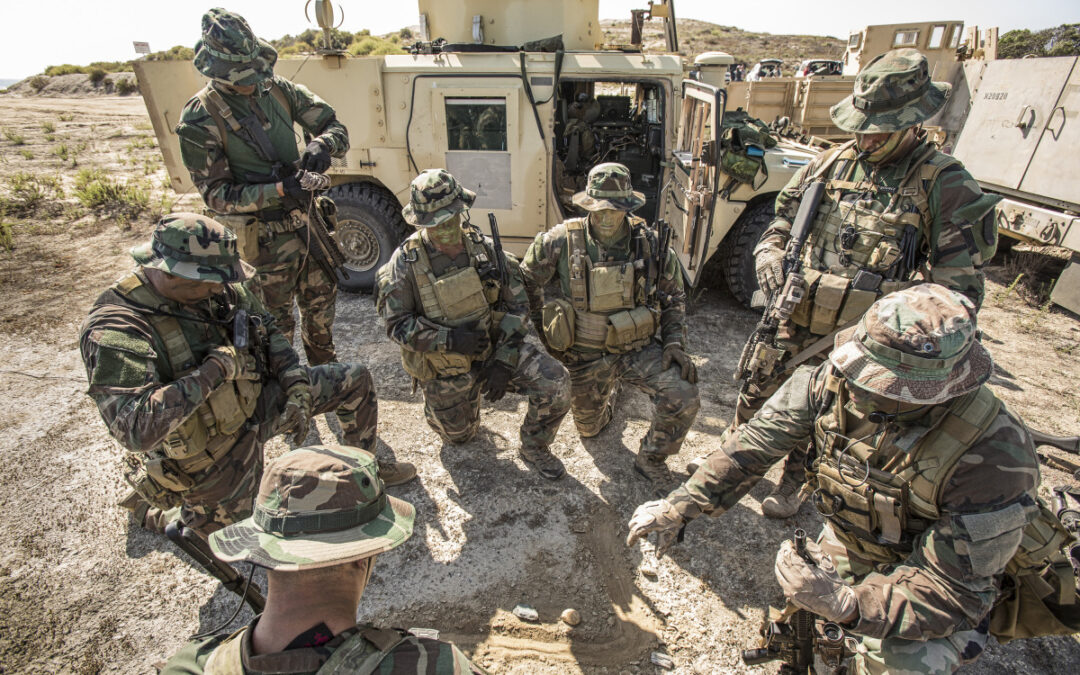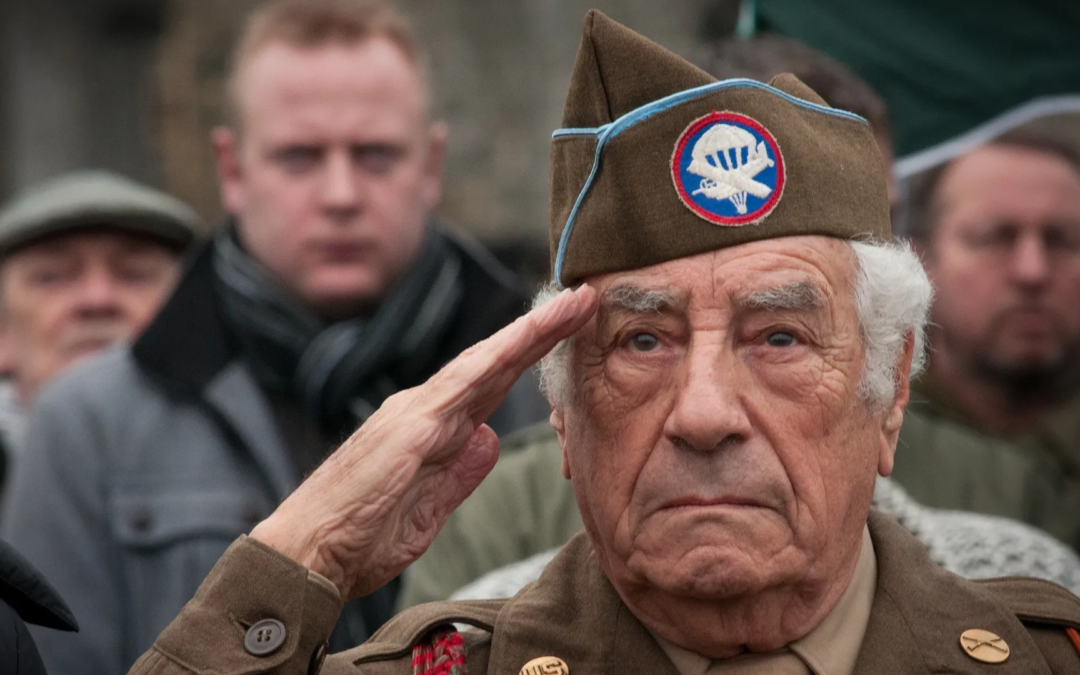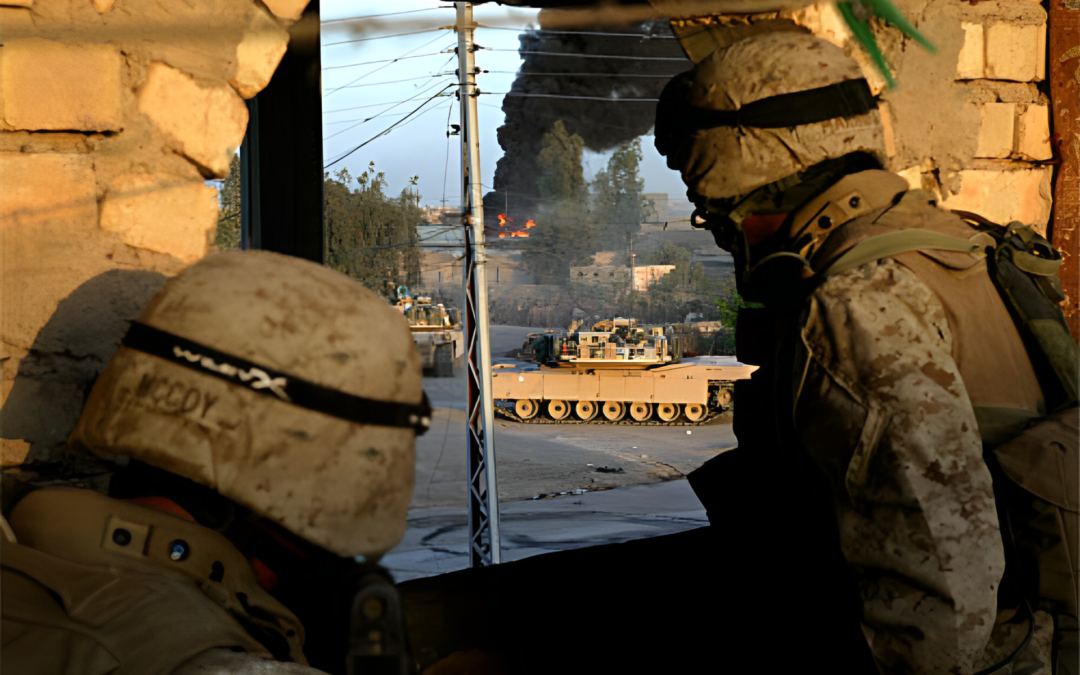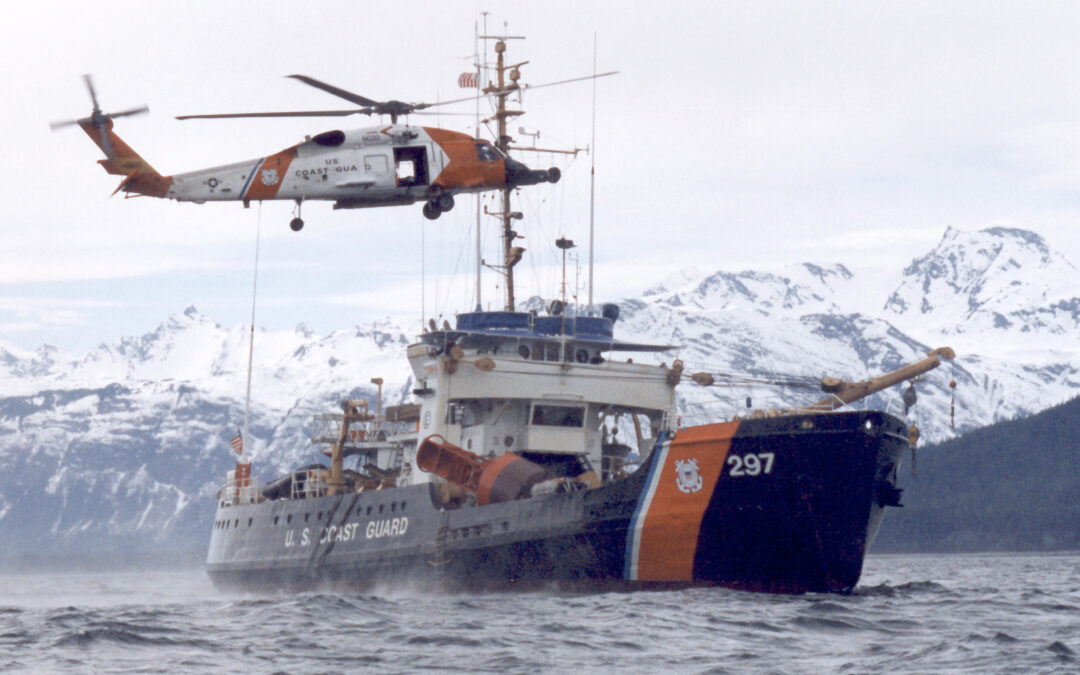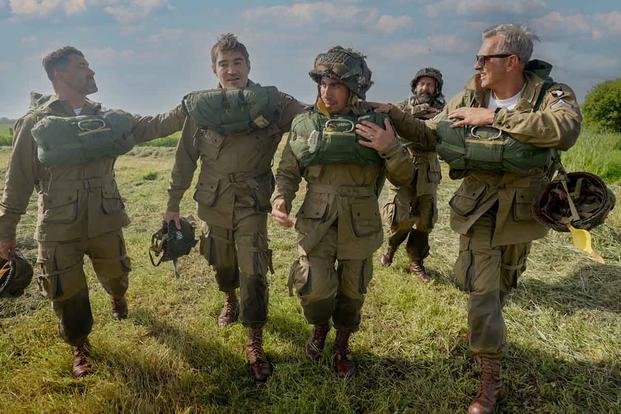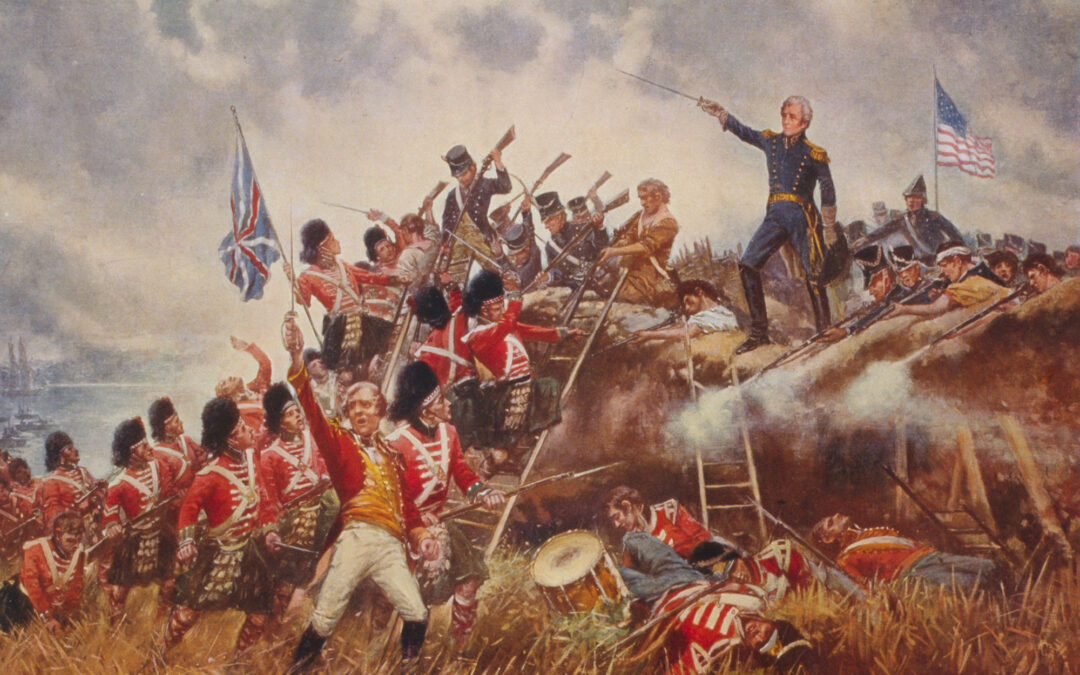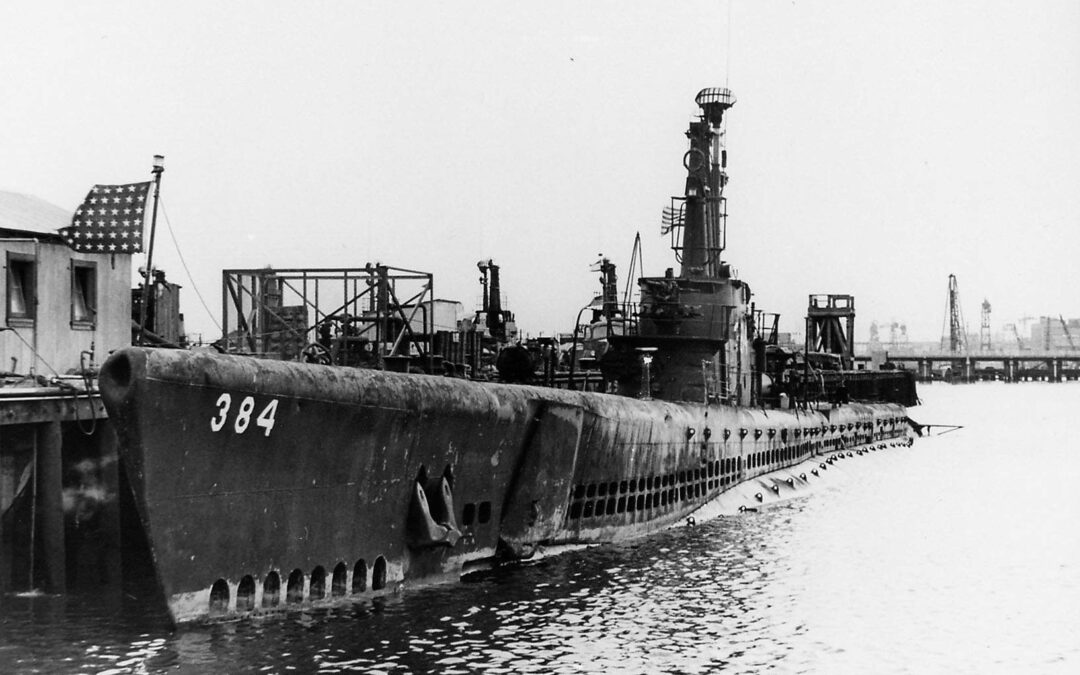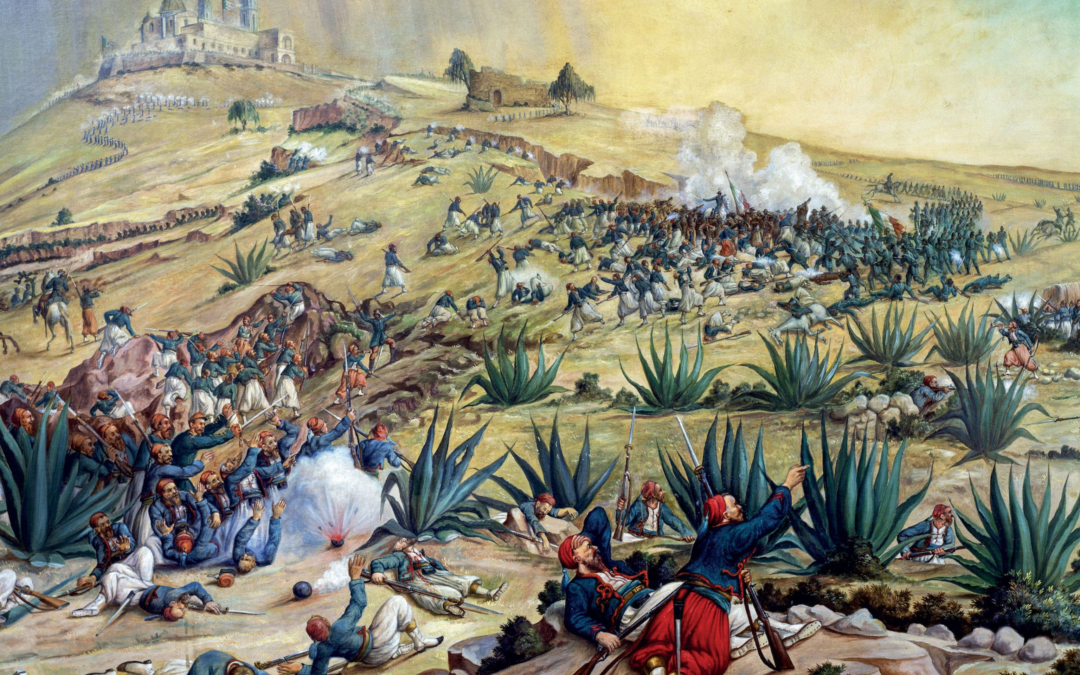On October 19, 2007, American and Afghan forces loaded up onto UH-60 Black Hawk and CH-47 Chinook from Afghanistan's Korengal Outpost. The mission was Operation Rock Avalanche: an insertion into the southern area of the Korengal Valley to prevent Taliban fighters from fleeing the region while reducing their ability to operate against U.S. and friendly troops there. Salvatore Giunta: The Second Deployment to Afghanistan This was Salvatore Giunta's second deployment to Afghanistan. During his first tour in the country in 2005, he was shot in the leg and lost four of his fellow soldiers in an improvised explosive device attack. After a year back at home, he deployed once more. Then-Spc. Giunta was the rifle team leader for B Company, 1st Platoon, 503rd Infantry Regiment, 173rd Airborne Brigade Combat Team during Rock Avalanche. Less than a week after landing in the valley, Giunta and his platoon were traversing a steep crest out of the valley when the Taliban ambushed them. By the end...
